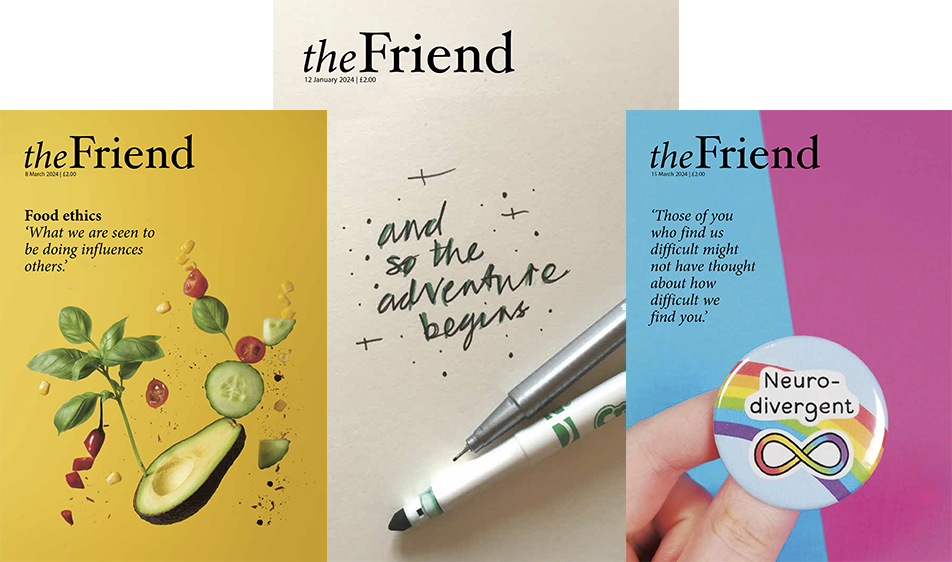'I was surprised to find a lot about Quakerism in the book, though I should not have been: the surname Fry...' Photo: Book cover for Roger Fry: A biography, by Virginia Woolf
Roger Fry: A biography, by Virginia Woolf
Author: Virginia Woolf. Review by Simon Webb
After four years studying English Literature at university, Virginia Woolf stuck in my mind as an author I really needed to look at in more detail in later life. It’s only taken me thirty-five years and a global pandemic to get round to reading her biography of Roger Fry, originally published in 1940. I was surprised to find a lot about Quakerism in the book, though I should not have been: the surname Fry should have tipped me off that there was going to be some connection to Friends.
